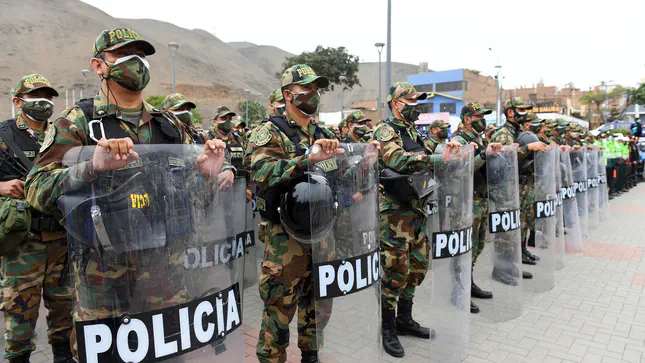 Photo by www.peru.gob.pe
Photo by www.peru.gob.pe
Callao, a one-million city, is a city of contrasts. Neighborhood life, music and joy cohabits with a legacy of organized and non-organized crime, and corruption, motivated by micro-scale and international drug trafficking. This project addresses crime and community under two very distinct approaches.
The first study - with Angelo Cozzubo and Andrea Román - assesses the impact of two SEs enacted in a Callao by the Peruvian government in 2015 and 2021. Both lasted nine months and were declared in response to a notable escalation of organized and non-organized crime. In both cases, the government authorized the participation of the police and the military in crime control, resulting in a substantial increase in the workforce of approximately two thousand that were reallocated from police stations outside the SE areas. To capture the temporary nature of the SE, we differentiate the short- and medium-term effects of the SE on crime as well as the effects on crime after its termination. In addition, to identify the effects of reallocating police officers from non-SE areas to SE areas, we also answer whether crime is displaced from the latter to the former. Following the need to go beyond the crime-centric evaluation of police deployment, we measure changes in crime and also in well-being outcomes (depression, subjective well-being, and trust in institutions). This study is funded by CIES.
The second study focuses on the positive side of communities. Over the last decades, graffiti has been used as a means of urban social intervention. Graffiti art depicting salsa singers, regular people, killed offenders, and other artist depictions have been painted across the city, creating a sense of local community and cooperation. This has also become a popular tourist attraction. In this second study, I aim to determine the impact of graffiti on social cohesion and crime rates to provide different key insights into how communities can feed social control.